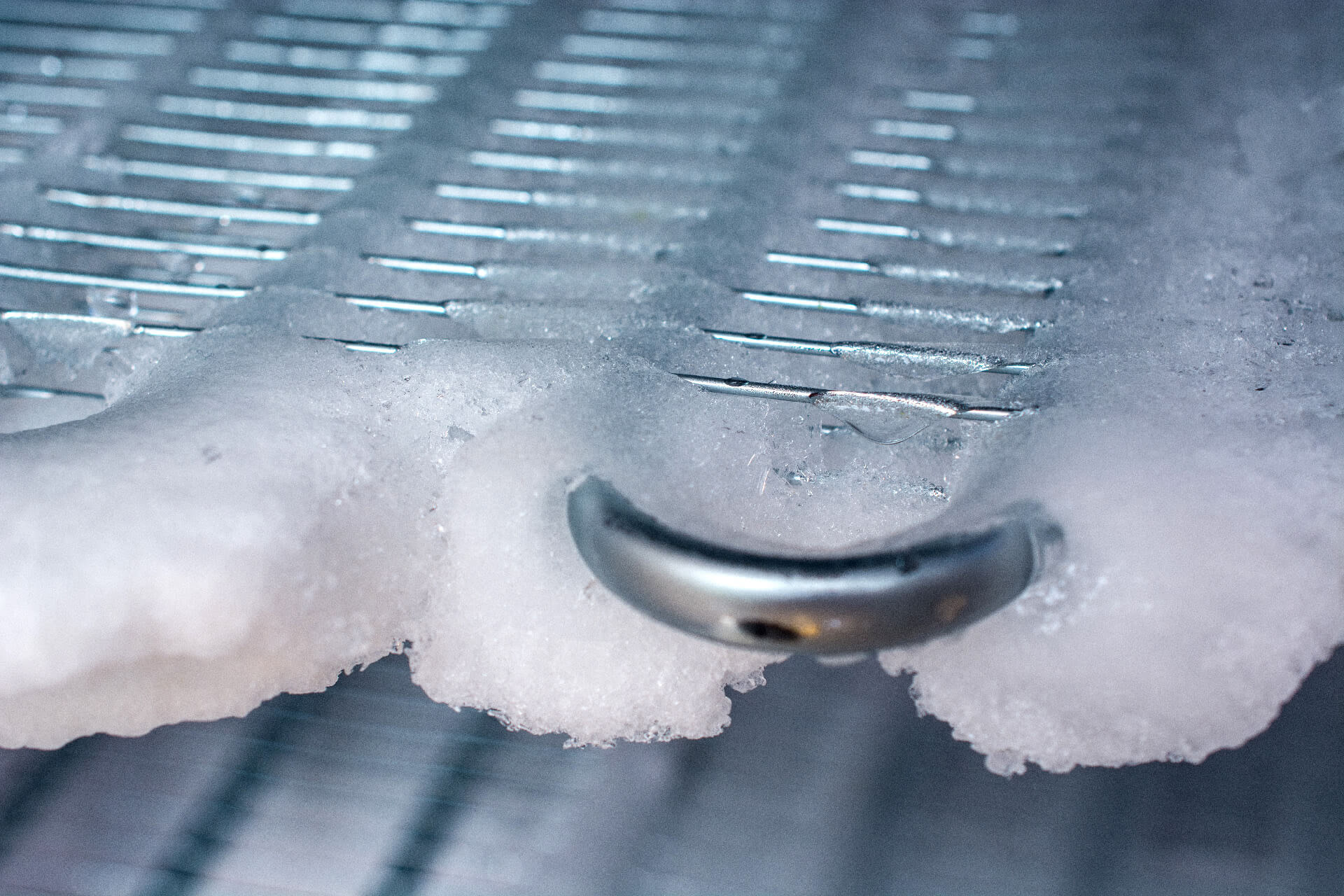

Articles
When To Defrost A Freezer
Modified: February 26, 2024
Looking for articles on when to defrost a freezer? Discover helpful tips and expert advice on defrosting your freezer at the right time for optimal performance.
(Many of the links in this article redirect to a specific reviewed product. Your purchase of these products through affiliate links helps to generate commission for Storables.com, at no extra cost. Learn more)
Introduction
Having a freezer is a convenient way to store and preserve food for longer periods of time. However, if you’ve noticed that your freezer isn’t keeping items as cold as it used to or that there’s a buildup of frost on the walls, it may be time to defrost your freezer. Defrosting your freezer is an essential maintenance task that helps to keep it running efficiently and extends its lifespan.
In this article, we will explore the signs that indicate your freezer needs to be defrosted, the benefits of defrosting, how often you should defrost, and the step-by-step process to defrost your freezer. We’ll also provide some helpful tips and preventive measures to reduce the need for frequent defrosting.
So, if you’re ready to learn when and how to defrost your freezer for optimal performance, keep reading!
Key Takeaways:
- Regularly defrosting your freezer improves energy efficiency, prevents food spoilage, and extends the appliance’s lifespan, saving you money and reducing waste.
- Implementing preventive measures, such as proper food sealing and regular cleaning, can reduce the need for frequent defrosting, keeping your freezer running efficiently.
Read more: How To Defrost A Samsung Freezer
Signs that Your Freezer Needs to be Defrosted
It’s important to recognize the signs that indicate your freezer needs to be defrosted. Ignoring these signs can lead to reduced efficiency, increased energy consumption, and potential damage to your freezer. Here are some common signs that it’s time to defrost:
- Excessive Frost Buildup: If you start seeing a thick layer of frost on the walls, shelves, or food items in your freezer, it’s a clear indication that it needs to be defrosted. Frost buildup restricts airflow and can hinder the freezer’s cooling ability.
- Poor Cooling Performance: Have you noticed that your freezer isn’t keeping your food as cold as it should? It may be struggling to maintain the desired temperature due to excess ice accumulation. This can result in food spoilage and increased energy consumption.
- Inefficient Ice Production: If your freezer has an ice maker, pay attention to the ice production. If the ice cubes are small or irregularly shaped, it could be a sign that the freezer needs defrosting. Ice production can be affected when frost impedes the proper functioning of the ice maker.
- Difficulty in Opening and Closing: Excessive frost can cause the freezer door to stick or become difficult to open and close. This can lead to air leakage and compromise the freezer’s cooling performance.
- Strange Noises: Unusual noises, such as hissing or crackling sounds, coming from your freezer may indicate that ice has accumulated on the evaporator coils. This can put strain on the freezer’s components and result in malfunction or reduced efficiency.
By regularly checking for these signs, you can catch them early and take the necessary steps to defrost your freezer, ensuring it continues to operate optimally.
Benefits of Defrosting Your Freezer
Defrosting your freezer is not just a chore; it offers several benefits that contribute to the longevity and efficient operation of your appliance. Let’s explore some of the key advantages of regular freezer defrosting:
- Improved Energy Efficiency: When frost builds up in your freezer, it forces the compressor to work harder to maintain the desired temperature. This leads to increased energy consumption and higher electricity bills. By defrosting your freezer, you remove the excess frost and allow the appliance to operate more efficiently, reducing energy waste.
- Enhanced Cooling Performance: As frost accumulates, it insulates the walls and coils of your freezer, hampering its cooling capabilities. This can result in uneven cooling and a decrease in the freshness and quality of your frozen food. Defrosting your freezer ensures that it can perform optimally, keeping your food at the proper temperature and preserving its quality.
- Prevention of Food Spoilage: Excessive frost can cause food items to become freezer-burned or develop ice crystals, leading to changes in taste and texture. By defrosting your freezer, you reduce the risk of freezer burn and maintain the freshness and flavor of your stored food, minimizing food waste.
- Prevention of Odor Buildup: Over time, food particles and odors can become trapped in the frost and contribute to unpleasant smells in your freezer. Defrosting removes these contaminants, leaving your freezer fresh and odor-free.
- Extended Freezer Lifespan: Regularly defrosting your freezer helps to prevent the accumulation of ice and frost on critical components, such as the evaporator coils. This reduces the strain on the freezer’s mechanical parts, extending its lifespan and saving you money in the long run.
By taking the time to defrost your freezer, you can enjoy these benefits and ensure that your appliance operates at its best, providing long-lasting performance and maximizing energy efficiency.
How Often Should You Defrost Your Freezer?
The frequency at which you should defrost your freezer depends on various factors, including usage and the model of your freezer. However, a general guideline is to defrost your freezer once every six months to a year. This timeframe allows you to maintain optimal performance without excessive frost buildup.
If you notice any of the signs mentioned earlier, such as excessive frost accumulation or poor cooling performance, you may need to defrost your freezer more frequently. Additionally, if you live in a humid climate or frequently open and close the freezer door, it may lead to increased moisture buildup and require more frequent defrosting.
It’s important to be proactive and monitor your freezer regularly. Keep an eye out for any signs or changes in performance that indicate the need for defrosting. By doing so, you can prevent frost buildup from reaching a problematic level and maintain the efficiency of your freezer.
Remember, each freezer is unique, and the manufacturer’s recommendations should also be taken into account. Be sure to refer to your appliance’s manual for specific guidelines on defrosting frequency and any other maintenance requirements.
Ultimately, the goal is to strike a balance between maintaining optimal freezer performance and minimizing the inconvenience of frequent defrosting. By paying attention to the signs and customizing your defrosting schedule accordingly, you can ensure that your freezer operates efficiently and effectively for years to come.
Defrost your freezer when the ice buildup is around 1/4 inch thick. This will help maintain energy efficiency and prevent damage to the appliance.
The Defrosting Process Step-by-Step
Defrosting your freezer is a straightforward process that requires a bit of preparation and patience. Here is a step-by-step guide to help you defrost your freezer effectively:
- Prepare in Advance: Start by planning ahead and picking a time when you won’t need to access the freezer. It’s best to defrost when it’s less busy or when you can temporarily store the contents in a cooler or another freezer.
- Empty the Freezer: Remove all items from your freezer and place them in a cooler with ice packs or another suitable storage location. Take this opportunity to check expiration dates and discard any expired or freezer-burned items.
- Unplug the Freezer: Disconnect the freezer from the power source by unplugging it from the wall outlet. This will ensure your safety during the defrosting process and prevent any accidents.
- Accelerate the Process (Optional): If you want to speed up the defrosting process, you can place bowls of hot water inside the freezer or use a hairdryer on a low heat setting to melt the ice. Be cautious and avoid using any sharp objects to scrape the ice, as this can damage the interior of the freezer.
- Drain the Water: As the ice melts, it will turn into water. Place towels or absorbent cloths on the floor around the freezer to catch any water runoff. You can also use a sponge or towel to soak up the water inside the freezer and squeeze it out into a bucket or sink.
- Clean the Interior: Once all the ice has melted and the freezer is empty, take the opportunity to clean the interior. Use a mixture of mild soap and warm water to wipe down the walls, shelves, and drawers. Rinse with clean water and dry thoroughly before plugging the freezer back in.
- Plug the Freezer In and Restock: After the interior is clean and dry, plug the freezer back into the power source. Give it some time to cool down before restocking it with the items you removed earlier. Organize the freezer, making sure to label and date any containers or packages to keep track of their freshness.
Following these steps will help you defrost your freezer safely and efficiently. Remember to follow any specific instructions provided by the manufacturer in your freezer’s user manual, as certain models may have additional guidelines for the defrosting process.
By regularly performing this maintenance task, you can keep your freezer in excellent condition and ensure it continues to operate at its best, providing you with long-lasting, efficient freezing capabilities.
Read more: How Long To Defrost A Freezer
Tips for Defrosting a Freezer
Defrosting a freezer can seem like a daunting task, but with the right approach, it can be a smooth and hassle-free experience. Here are some helpful tips to keep in mind when defrosting your freezer:
- Plan Ahead: Choose a time when you won’t need to access the freezer for a few hours or even overnight. This will give you enough time to defrost properly without rushing the process.
- Gather the Necessary Supplies: Before you begin, gather all the supplies you’ll need, such as towels, absorbent cloths, a cooler or alternative storage for your frozen items, mild soap, and warm water for cleaning, and any optional tools to help with the defrosting process, such as bowls of hot water or a hairdryer.
- Remove Ice Trays and Unplug the Freezer: Take out any ice trays or removable parts from the freezer before defrosting. Then, unplug the freezer from the power source to ensure your safety during the process.
- Use Natural Methods to Speed up Defrosting: If you want to accelerate the defrosting process, you can place bowls of hot water inside the freezer or use a hairdryer on a low heat setting to melt the ice. Avoid using sharp objects to scrape the ice, as they can damage the interior of the freezer.
- Protect the Area Around the Freezer: Place towels or absorbent cloths on the floor around the freezer to catch any water runoff and prevent it from causing a slip hazard. This will also make cleanup easier once the defrosting is complete.
- Clean and Disinfect: Once the ice has melted and you’ve drained the water, take the opportunity to clean the interior of the freezer. Use a mixture of mild soap and warm water to wipe down the walls, shelves, and drawers. Rinse with clean water and dry thoroughly before plugging the freezer back in.
- Prevent Odor: To prevent odors from developing in the freezer, you can place an open box of baking soda or a dish of activated charcoal inside before restocking. These will help absorb any unwanted smells and keep the freezer fresh.
- Organize and Label: As you restock the freezer, organize items in a way that makes sense to you and your household. Use freezer-safe containers and label them with the contents and dates to keep track of freshness.
- Maintain Regular Defrosting: To prevent excessive frost buildup and the need for more challenging and time-consuming defrosting sessions, aim to defrost your freezer regularly. Following a consistent schedule, such as every six months to a year, will help keep your freezer in top condition.
By following these tips, defrosting your freezer will become a more manageable task. Remember to prioritize safety and cleanliness throughout the process, and your freezer will continue to provide efficient and effective frozen food storage.
Preventive Measures to Reduce the Need for Frequent Defrosting
While regular defrosting is important for maintaining the performance of your freezer, there are several preventive measures you can take to reduce the need for frequent defrosting. By implementing these measures, you can minimize ice buildup and ensure that your freezer operates optimally for longer periods of time. Here are some preventive tips:
- Properly Seal Food: One of the main culprits of excess frost in freezers is improper food packaging. Make sure to seal all food items tightly in freezer-safe containers or bags to prevent moisture from escaping and causing frost buildup. This will also help to preserve the quality of the food.
- Avoid Overloading: Overloading your freezer can restrict airflow and create pockets of warm air, leading to excessive moisture buildup. Be mindful of the recommended capacity of your freezer and avoid overpacking it with items. Allow for proper air circulation within the freezer to prevent frost formation.
- Monitor Temperature Settings: Ensure that your freezer is set to the appropriate temperature. Most freezers should be kept at or below 0°F (-18°C). Keeping the temperature within the recommended range helps to prevent ice accumulation and keeps your food properly frozen.
- Avoid Frequent Door Opening: Minimize the number of times you open the freezer door, as each time it’s opened, warm air rushes in, causing moisture to form. Plan ahead, take out all necessary items at once, and close the door promptly to maintain the cold temperature inside.
- Regularly Clean the Freezer: Regular cleaning not only helps to maintain hygiene but also prevents the accumulation of debris and food particles. Wipe down the interior of the freezer regularly using a mild soap and warm water solution. This will prevent any buildup that can contribute to frost formation.
- Check the Door Seal: Inspect the door seal or gasket of your freezer regularly to ensure it is in good condition and provides a proper seal when closed. Any cracks, gaps, or signs of wear should be addressed promptly to prevent warm air from entering the freezer and causing frost buildup.
- Keep Freezers Away from Heat Sources: Avoid placing your freezer near heat sources such as ovens, dishwashers, or direct sunlight. Heat can make the freezer work harder to maintain a cold temperature, increasing the chance of frost formation. Keep the freezer in a cool and well-ventilated area.
- Defrost and Clean Spills Promptly: If you notice any spills or leaks inside your freezer, clean them up promptly. Spills can lead to ice formation and create a breeding ground for bacteria. Regularly wipe down and dry any moisture in the freezer to prevent frost buildup.
By following these preventive measures, you can significantly reduce the need for frequent defrosting. Taking proactive steps to minimize frost buildup will help keep your freezer running efficiently, prolong its lifespan, and ensure that your frozen food stays properly preserved.
Conclusion
Defrosting your freezer is an important maintenance task to keep it running efficiently and extend its lifespan. By recognizing the signs that indicate the need for defrosting and taking timely action, you can prevent frost buildup, improve energy efficiency, and maintain the quality of your frozen food.
We discussed the signs that indicate your freezer needs to be defrosted, such as excessive frost buildup, poor cooling performance, and difficulty in opening and closing the freezer. These signs shouldn’t be ignored, as they can lead to reduced efficiency and potential damage to your freezer.
We also explored the benefits of defrosting, including improved energy efficiency, enhanced cooling performance, prevention of food spoilage and odor buildup, and an extended freezer lifespan. Regular defrosting ensures that your freezer operates at its best, saving you money on energy bills and reducing food waste.
To defrost your freezer, follow the step-by-step process, which includes preparing in advance, emptying the freezer, unplugging it and accelerating the defrosting process if desired, draining the water, cleaning the interior, and restocking after plugging the freezer back in.
Additionally, we provided some tips to make the defrosting process easier, such as planning ahead, gathering the necessary supplies, protecting the area around the freezer, and organizing and labeling the contents after defrosting.
To reduce the need for frequent defrosting, we suggested preventive measures like properly sealing food, avoiding overloading the freezer, monitoring temperature settings, minimizing door opening, regularly cleaning the freezer, checking the door seal, keeping the freezer away from heat sources, and promptly cleaning spills.
In conclusion, maintaining a defrosted freezer not only ensures its proper functioning and longevity but also contributes to energy efficiency and food preservation. By following the recommended defrosting frequency and implementing preventive measures, you can enjoy a well-maintained freezer that reliably keeps your frozen items fresh for years to come.
Frequently Asked Questions about When To Defrost A Freezer
Was this page helpful?
At Storables.com, we guarantee accurate and reliable information. Our content, validated by Expert Board Contributors, is crafted following stringent Editorial Policies. We're committed to providing you with well-researched, expert-backed insights for all your informational needs.
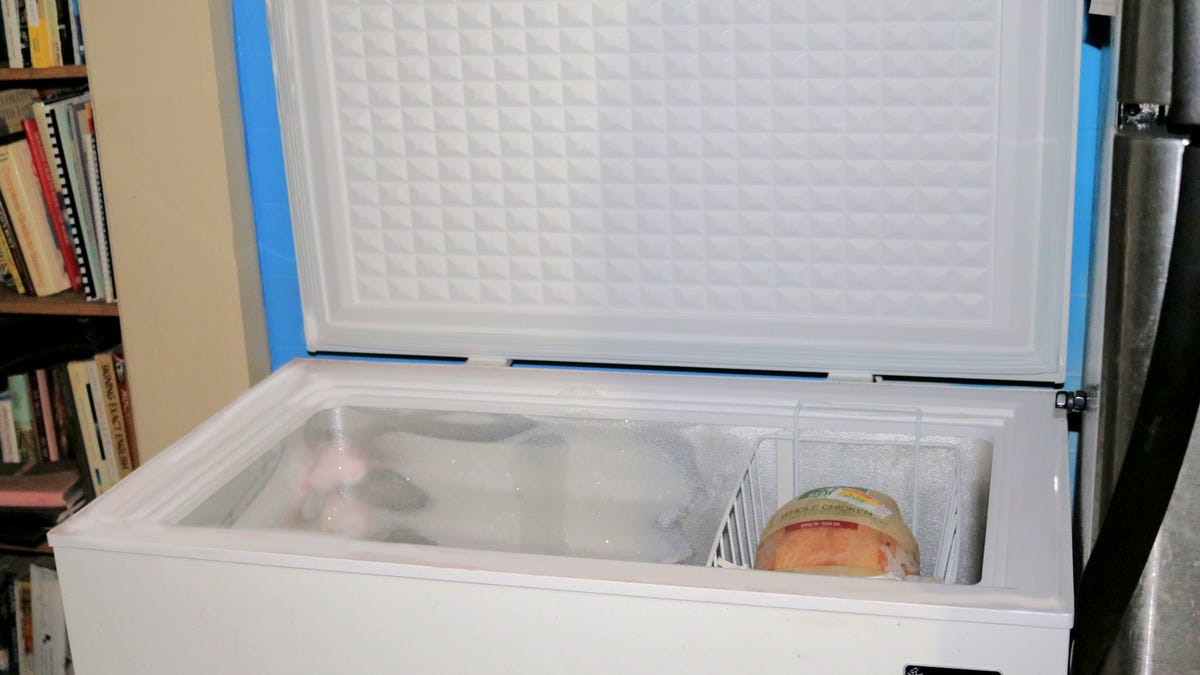
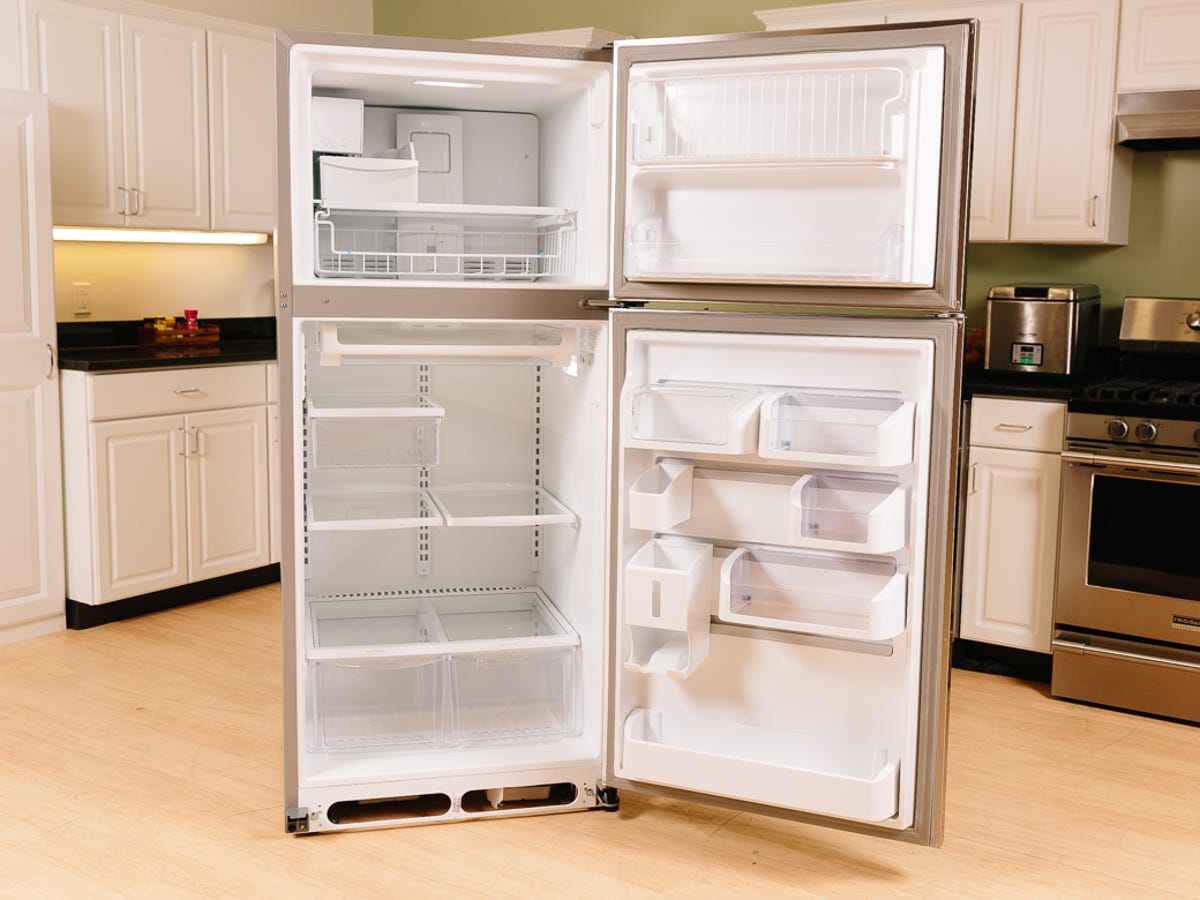
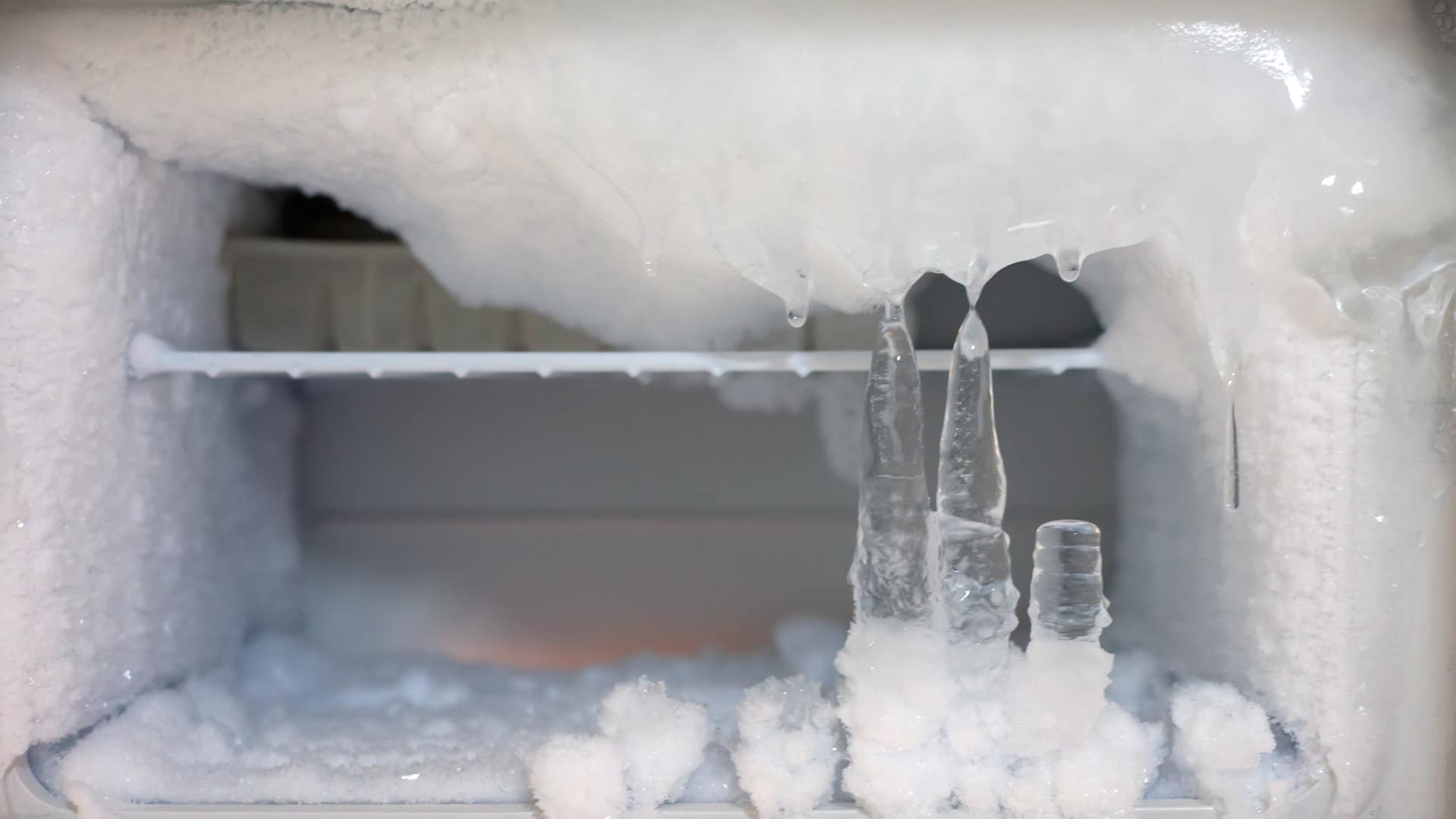
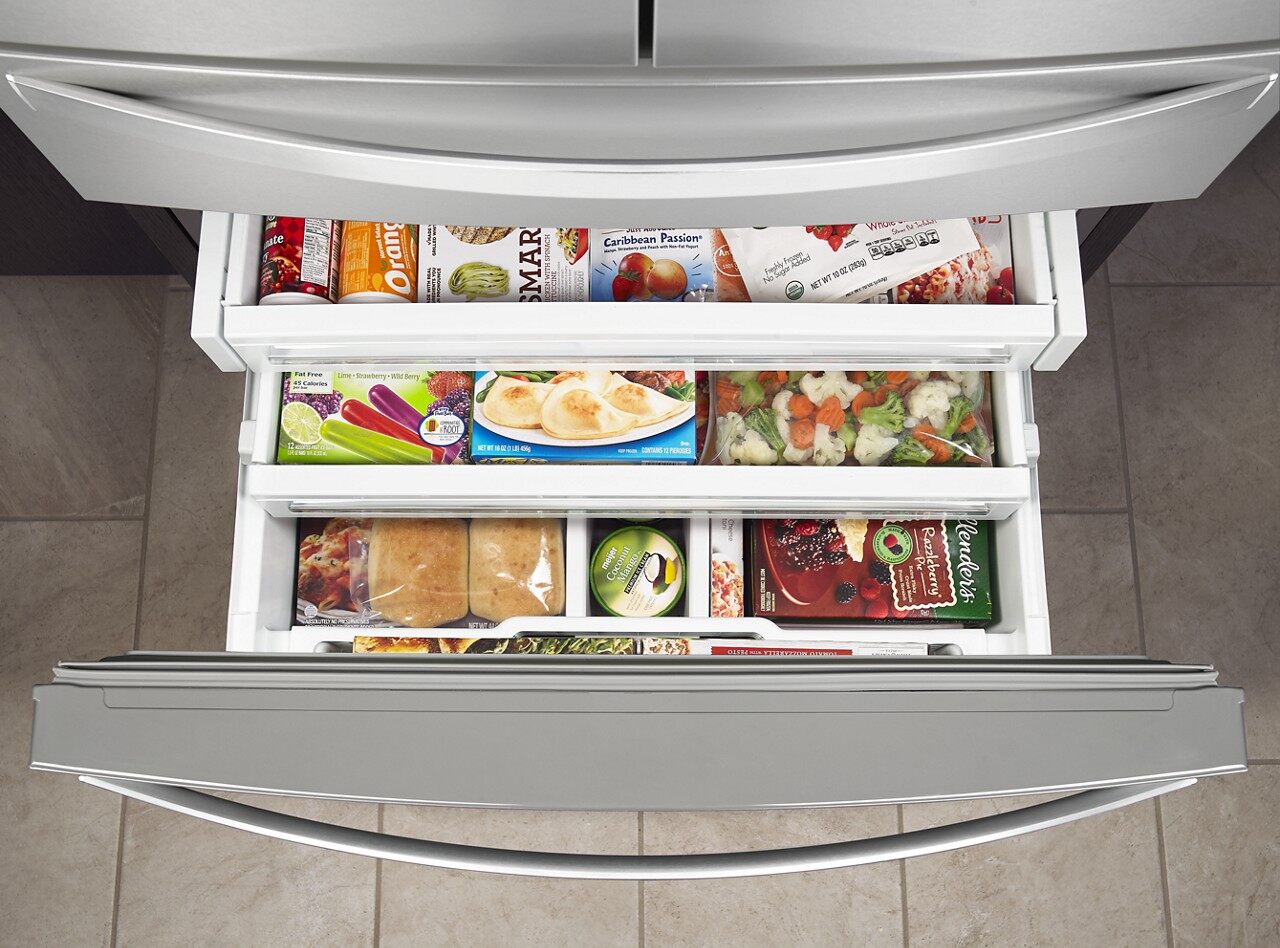
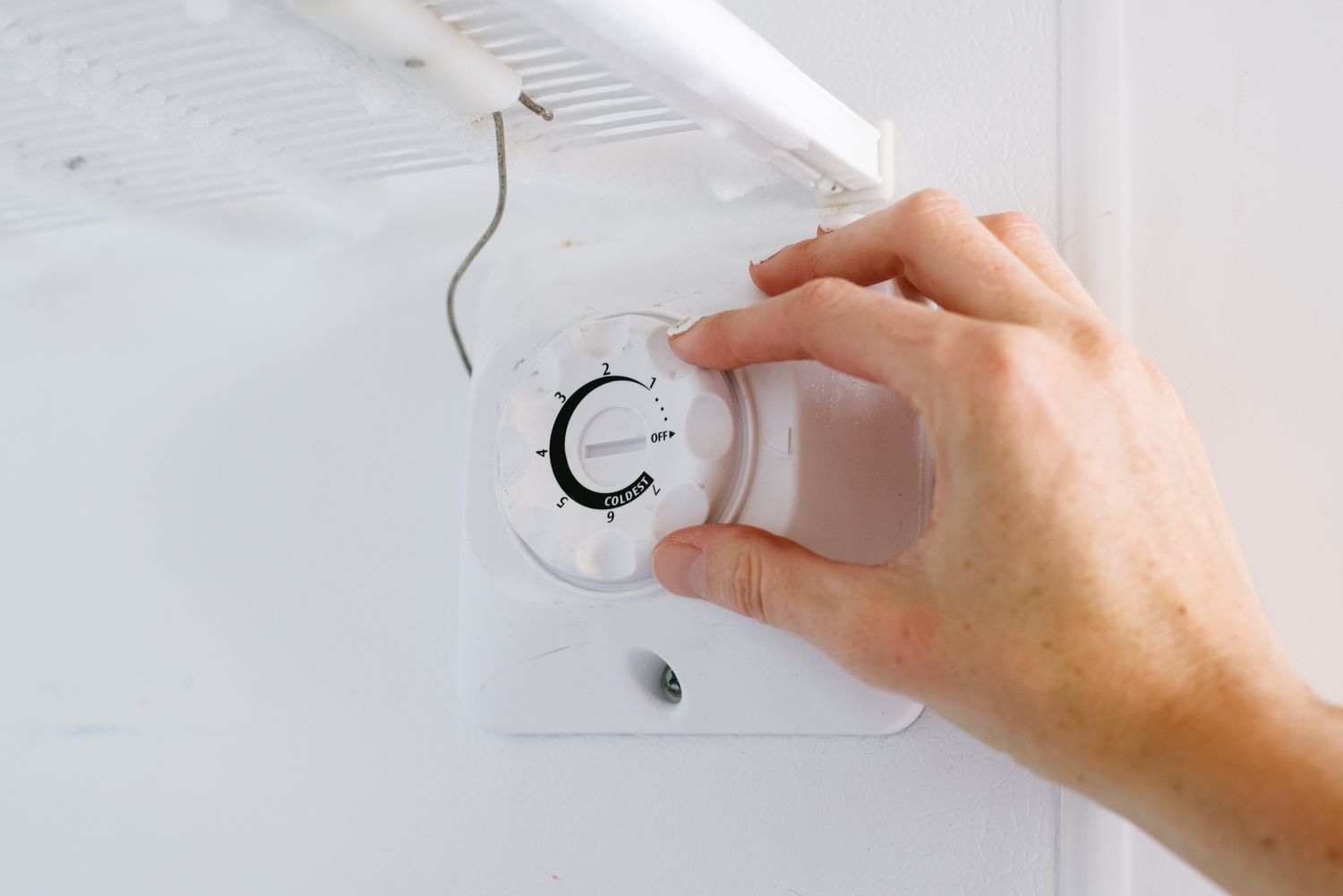
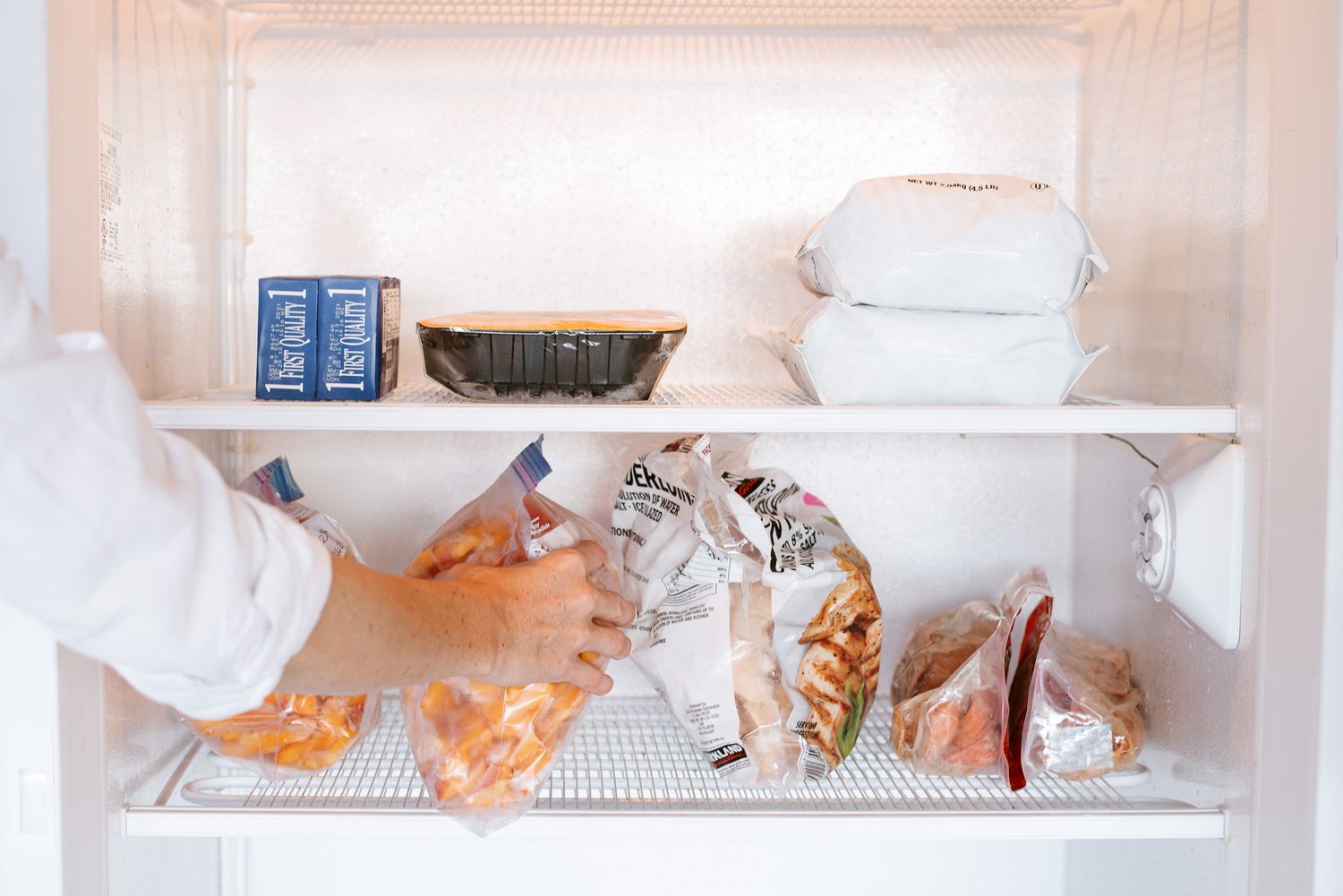
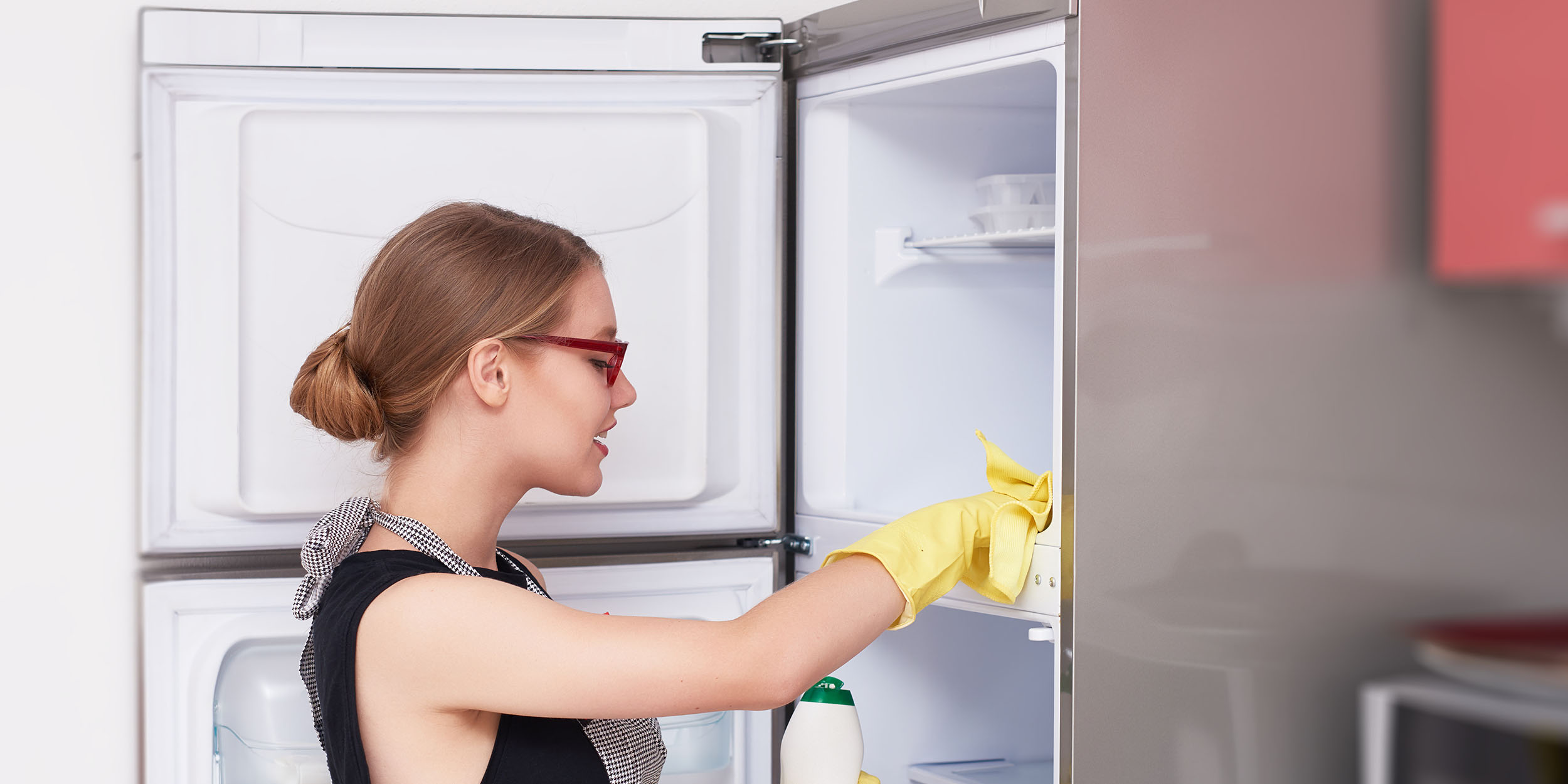
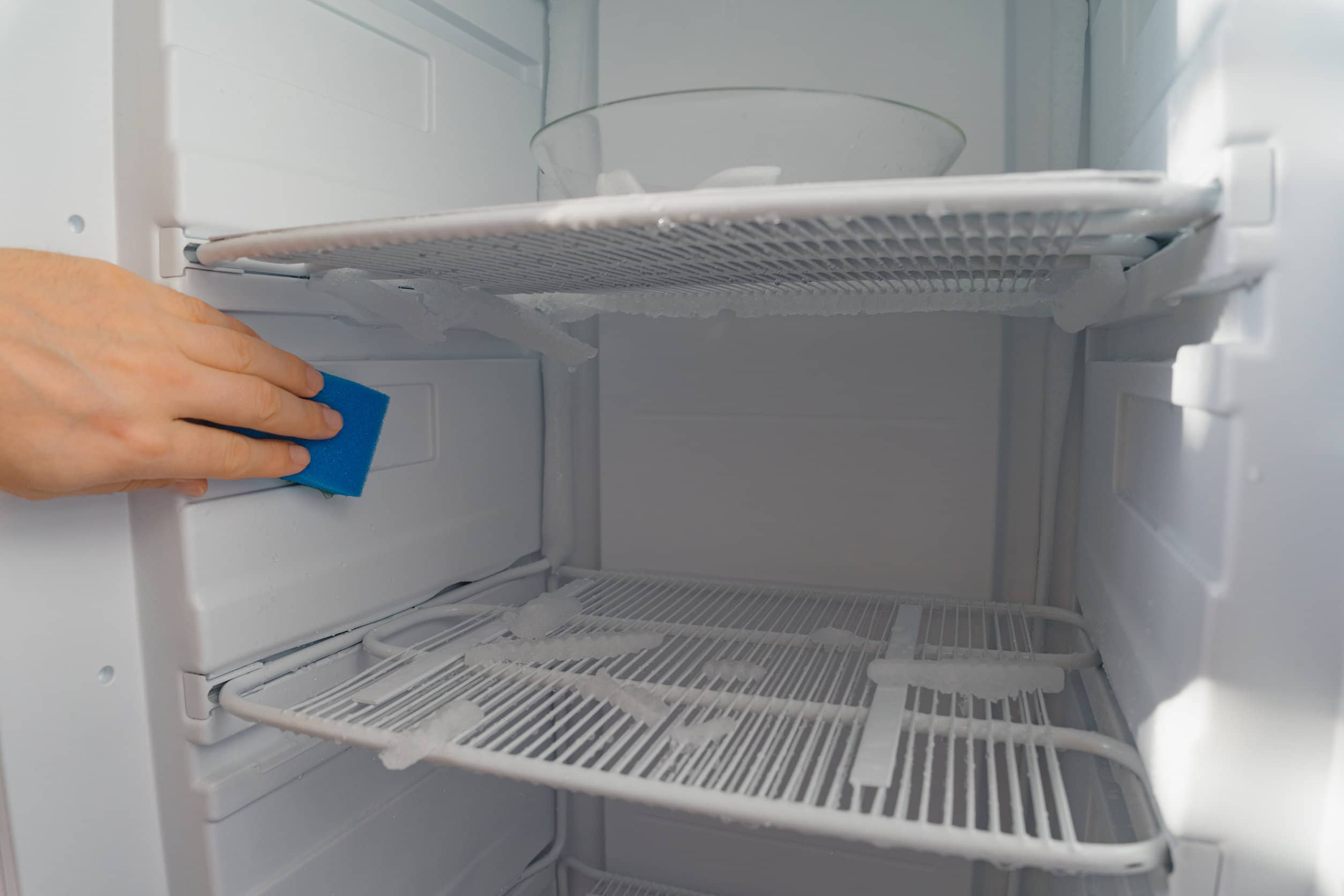
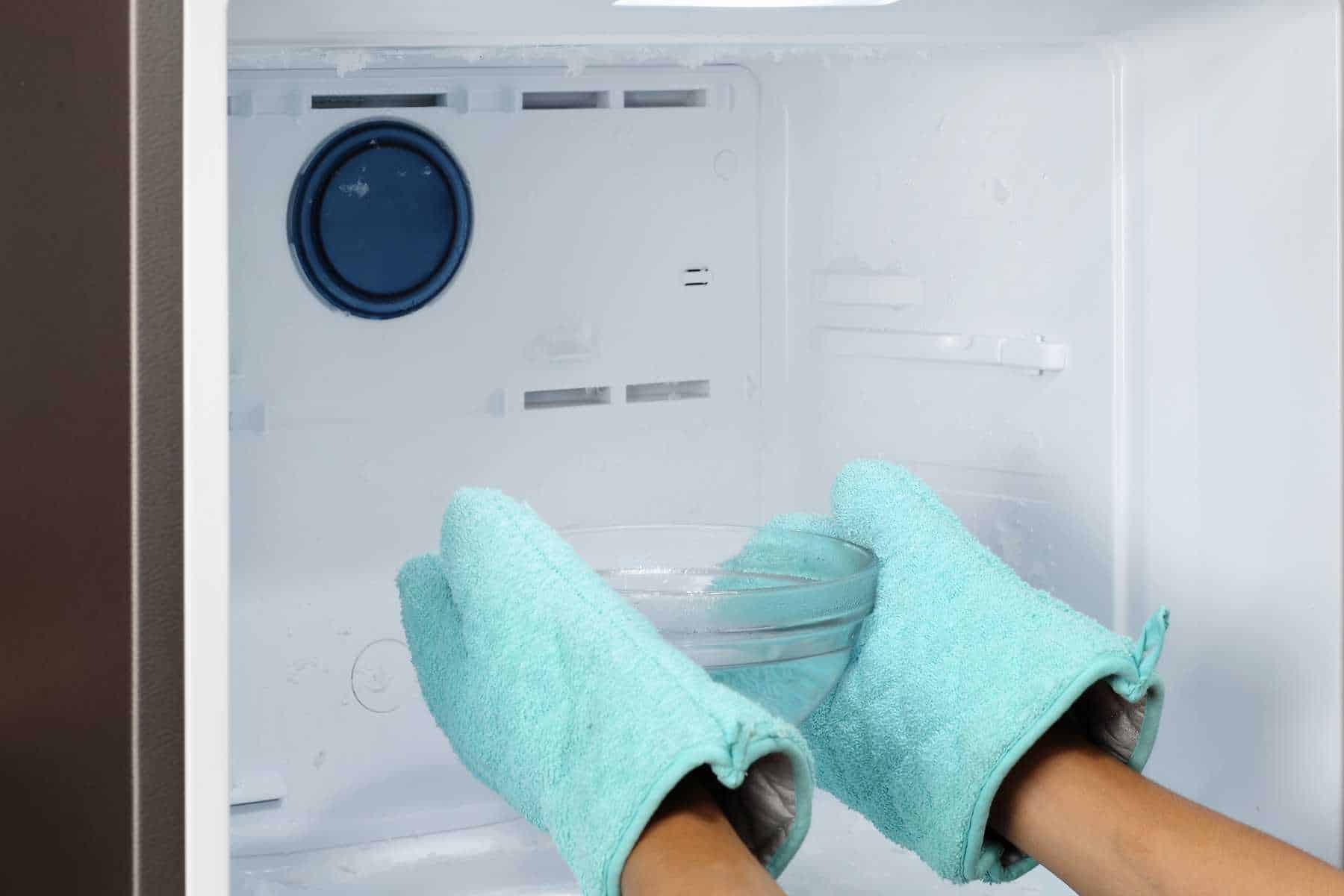
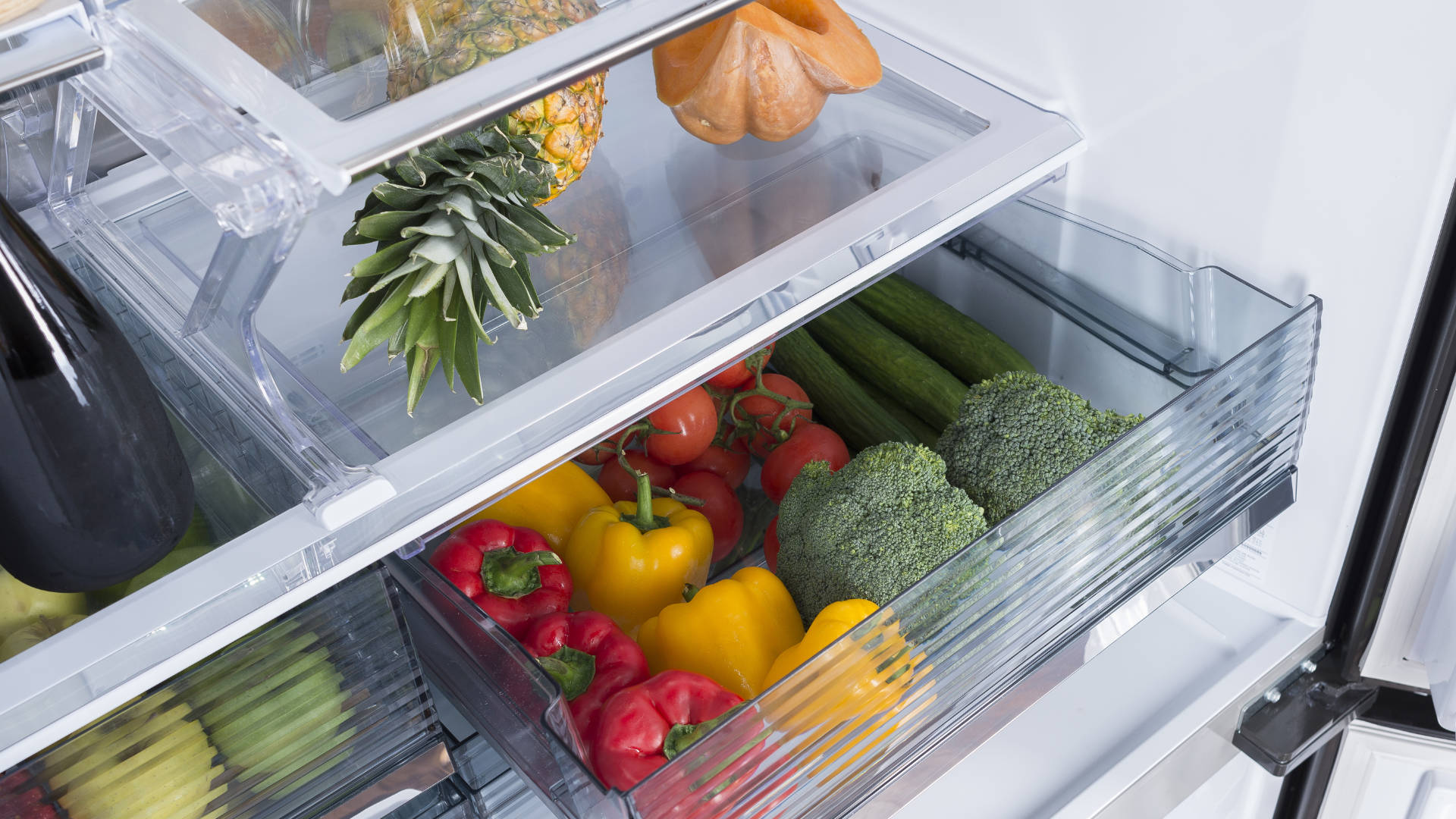
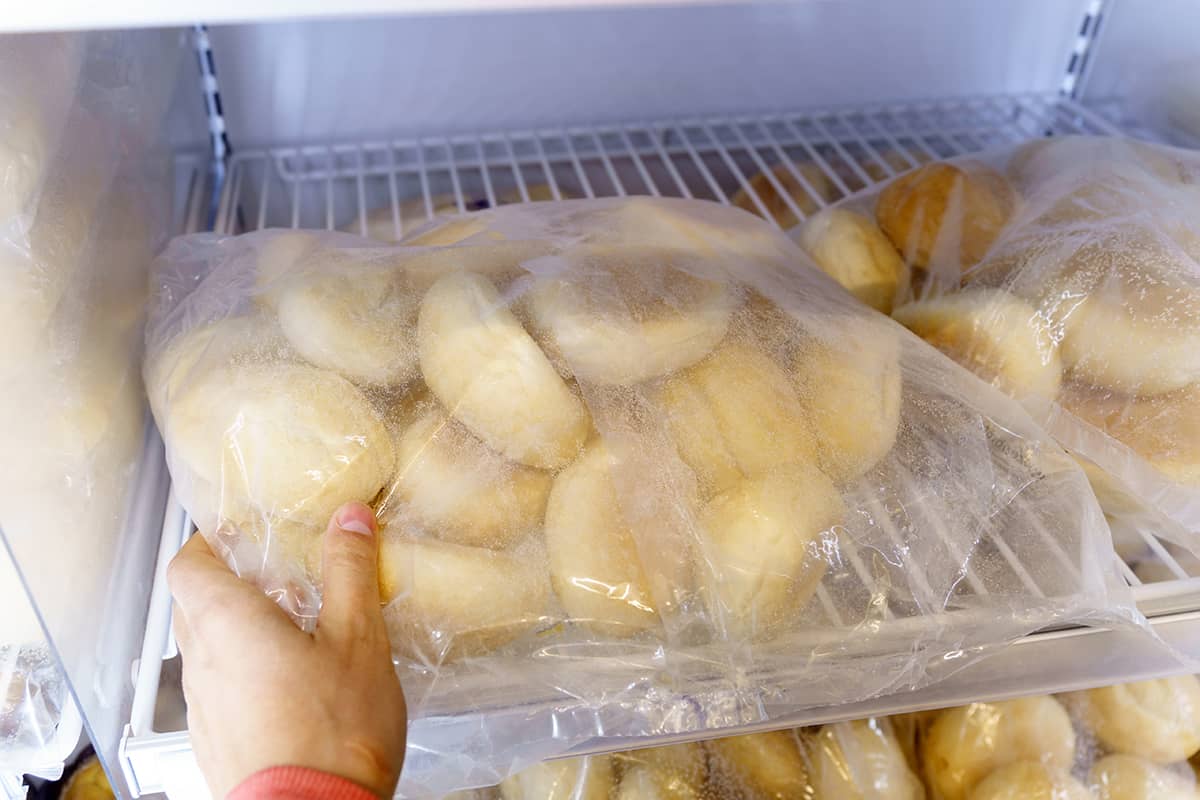
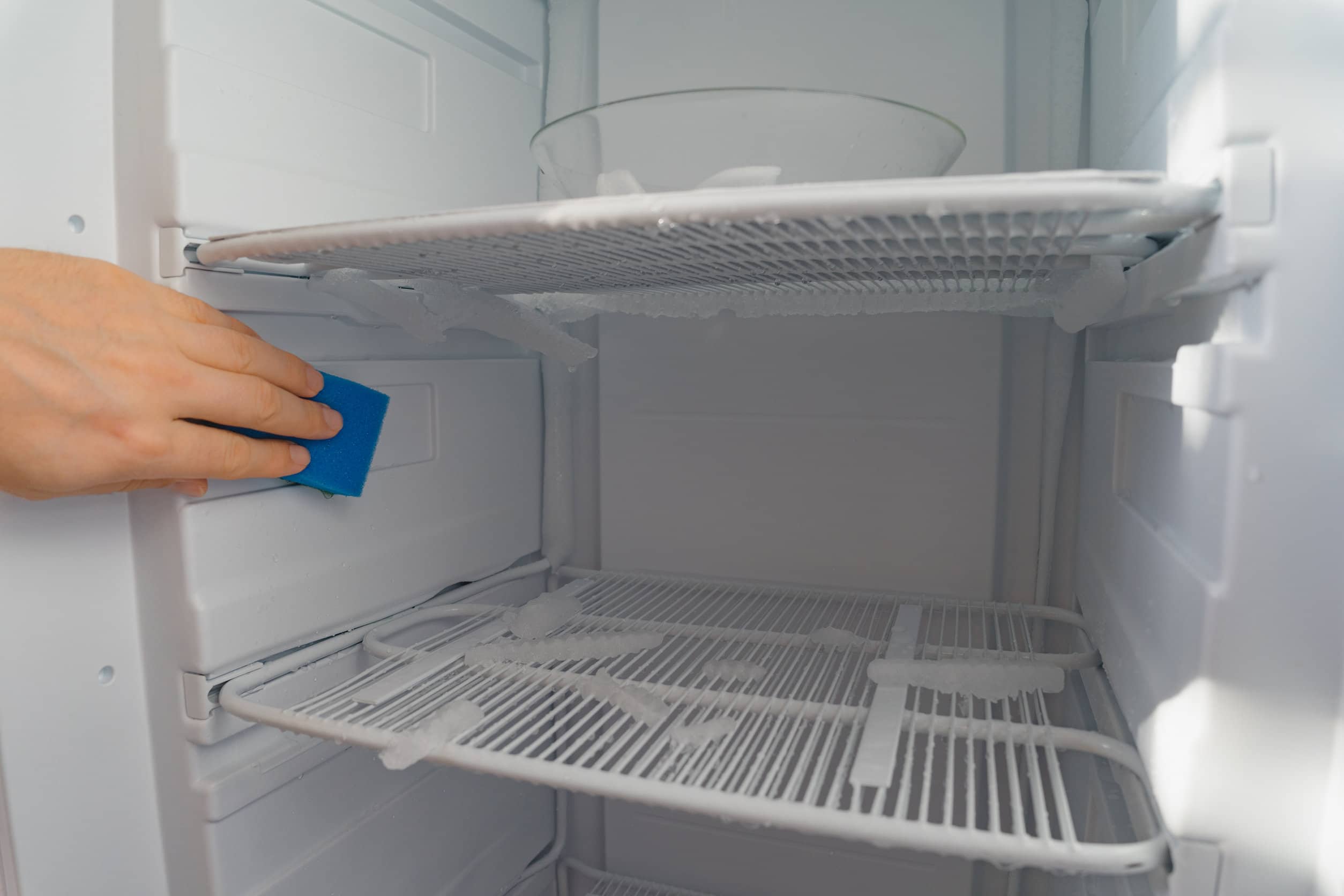
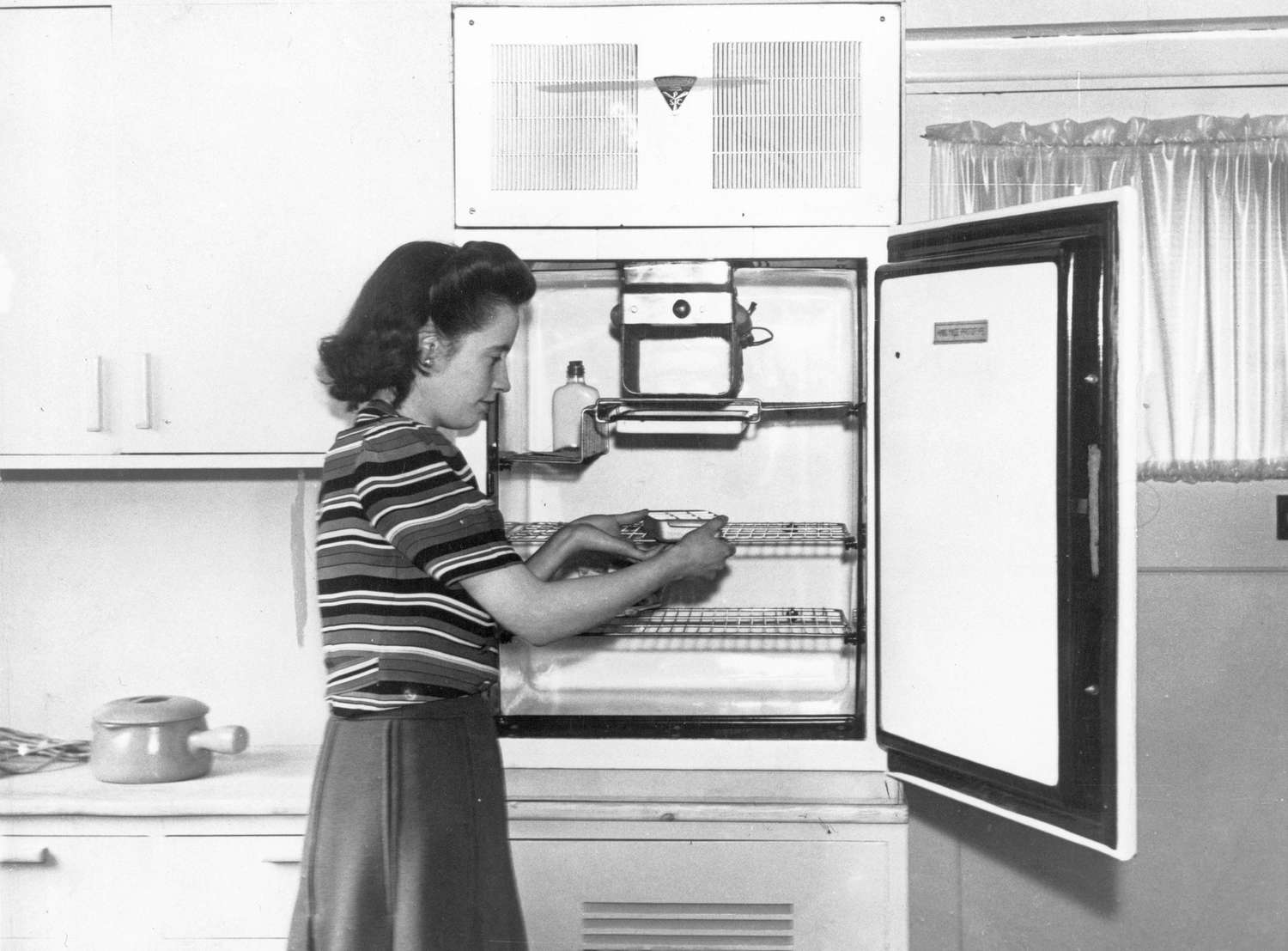
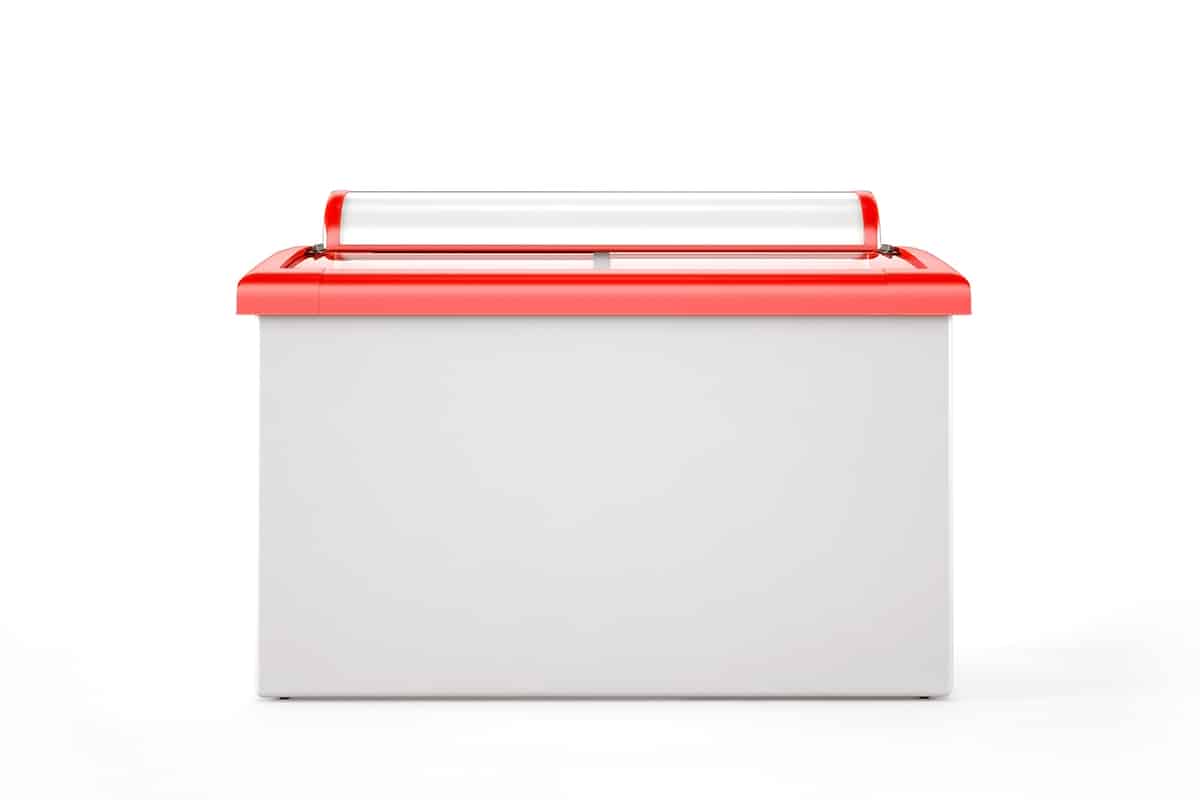

0 thoughts on “When To Defrost A Freezer”